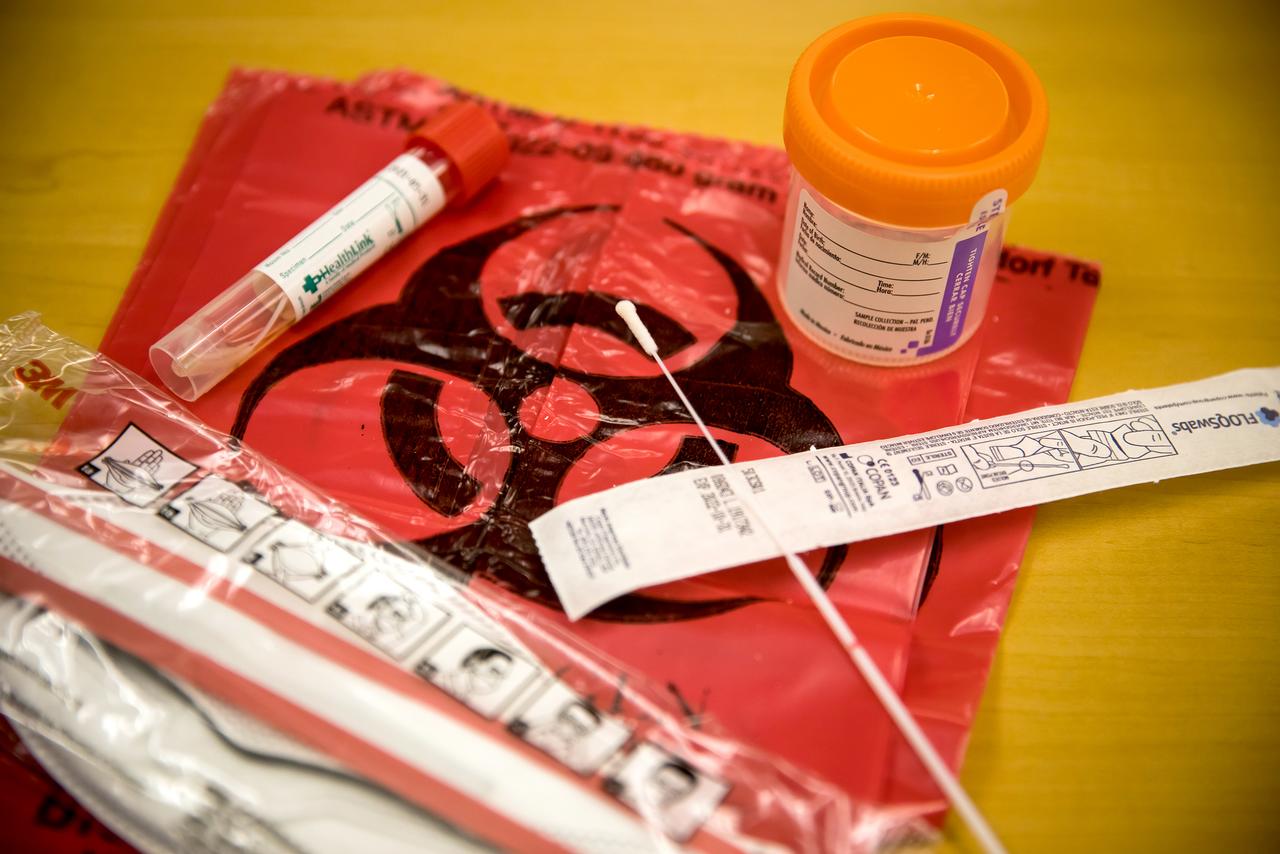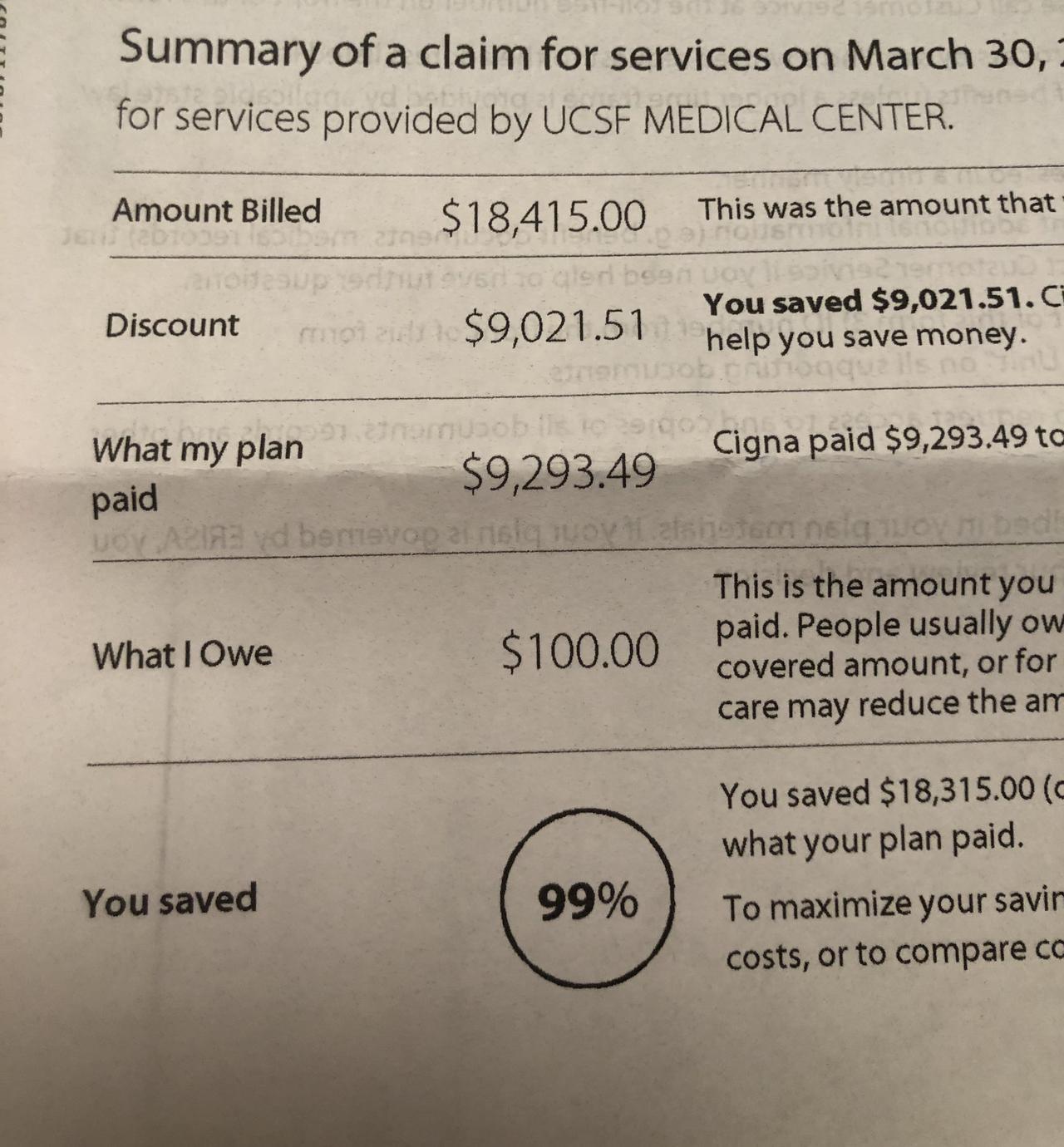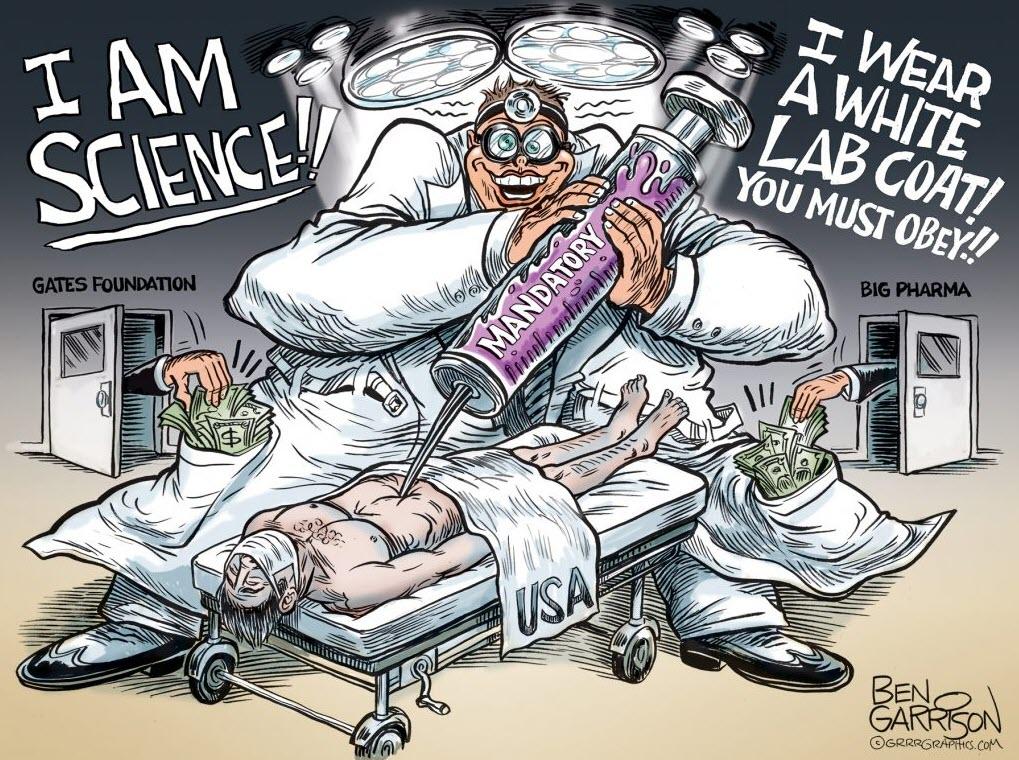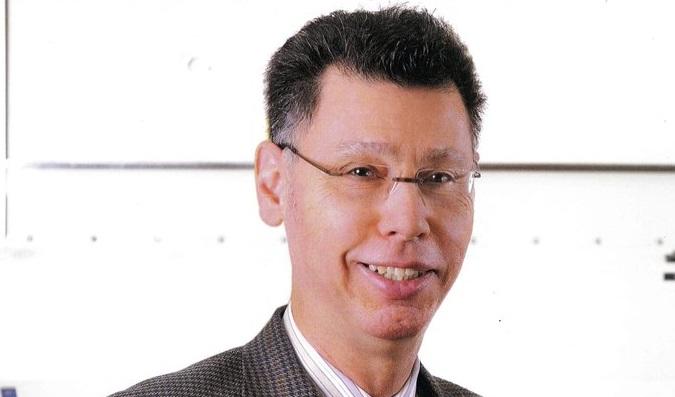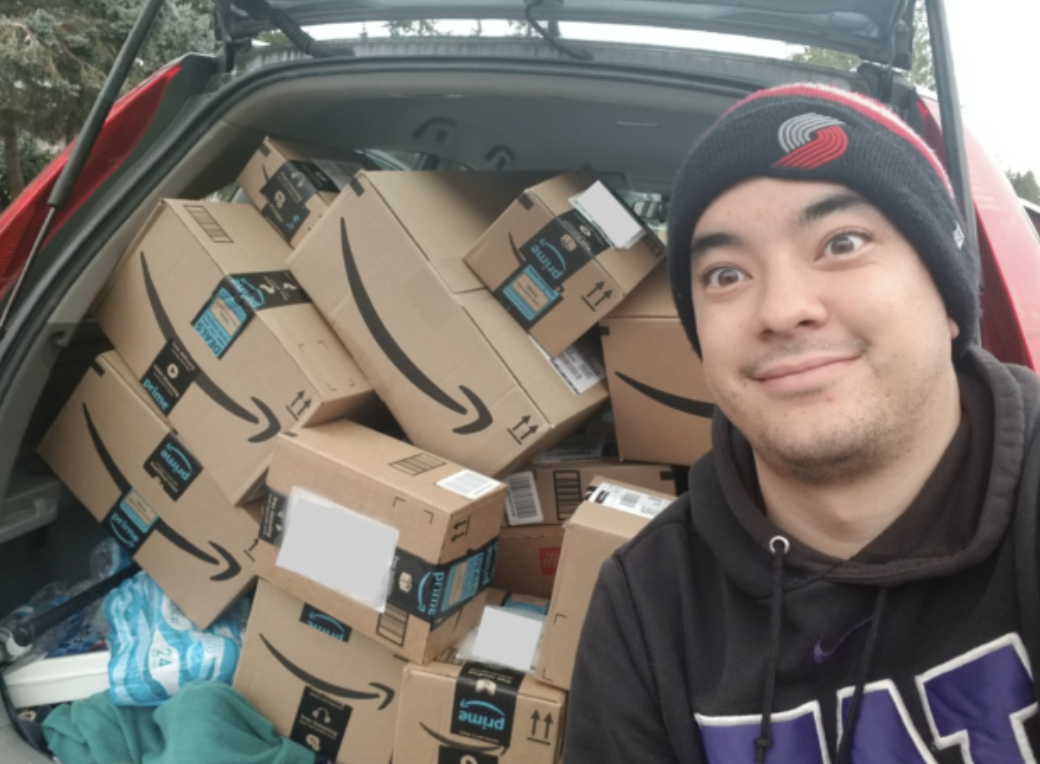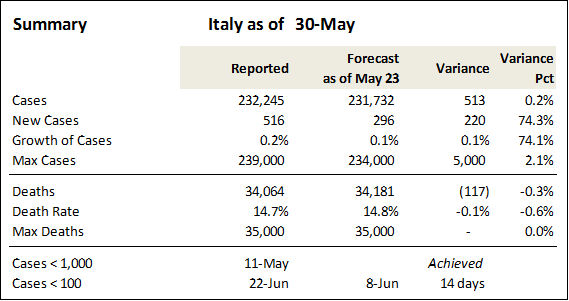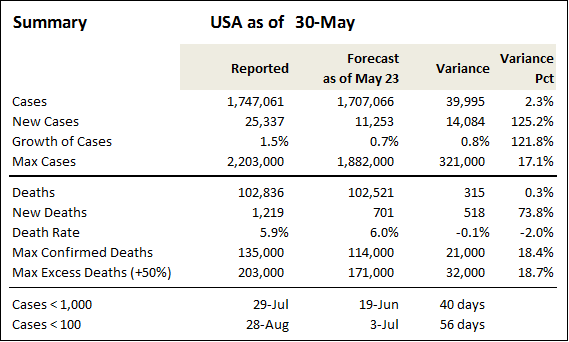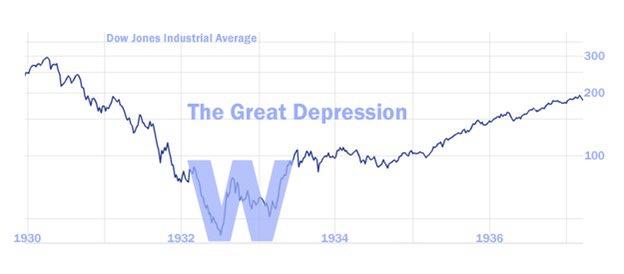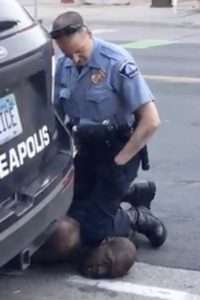Race was invented right here in the Chesapeake—in Virginia, to be exact. For two decades after the English Civil Wars ended and King Charles II was restored to the throne, he used the Chesapeake colonies as a dumping ground for England’s unwanted radicals. For several generations, meanwhile, Virginia and Maryland had been filling up slowly with African slaves. Add the ever-present Indians, and the English gentry was becoming even more outnumbered than usual.
In 1676, Bacon’s Rebellion erupted. This was essentially a border war waged by Nathaniel Bacon, an Indian-killer and genteel rival of the colony’s governor, William Berkeley. The height of the rebellion came when Bacon sacked Jamestown and installed himself as its ruler, forcing Berkeley to flee across the Chesapeake Bay. Bacon’s army included not just white indentured servants but their fellow laborers-in-bondage, the Africans.
There had never been a large number of Africans in Virginia to that point, and the original ratio was about four white rebels for every one black rebel. They meant to dismantle much of the power of the colony’s elites, and for a brief moment it looked as if they would actually manage it. A few months into the conflict, Bacon promised both freedom and land to servants and slaves.
But then he suddenly died, leaving his motley army leaderless. King Charles thought Berkeley was a royal screwup and dispatched Thomas Grantham as the king’s negotiator. Grantham arrived with a portion of the Royal Navy to find a seriously dwindled rebel force. Right there on the James River, he called out an offer to the white rebels: Desert your black comrades and you will go free, with full pardons. In an act of treachery and cowardice which has lived with us ever since, most of the whites complied. Only about 80 rebels remained when Grantham swept the last of their ships, in nearly reversed ratios of white to black.
To make sure they never again faced uprisings of both poor whites and enslaved blacks, the Virginia burgesses wrote the infamous Slave Codes. These regulated slaves’ interactions with whites, banned miscegenation, and—most importantly—defined slavery as a socioeconomic category dependent on one’s skin color. Only blacks could be enslaved; everyone else (including Indians) was subject merely to indenture. Only people with black skins could be forever owned like machinery or cattle, and transmit that wretched status to their children. The Virginia model quickly spread to the other British colonies; it gave birth to the very concept of race.
So this is where it started. In hopes that it might end here too, I went to Baltimore City Hall Saturday night, where I locked arms with protestors of all colors, stood on the front lines pushing back against the riot police, trying my damnedest to reverse that Baconian ratio back to its original position.
Well, now I know what it’s like to be tear gassed.
I won’t belabor the history of race in the Americas anymore, nor will I bore you with all my reasons for joining in the protests. Suffice to say that I’m as sick of abusive policing as anyone else who tries their best to be good and decent. And the fact that police abuse falls most heavily on black Americans hits home for me: I married into a black family, I have a black son roughly the same age that Tamir Rice was when the police murdered him, and we all live in downtown Baltimore. My wife and I are always a little scared when our son goes outside to play. These atrocities have to stop, and we have to stop them.
I knew that a series of marches was going to converge on the Inner Harbor and that the ultimate plan was to form up in mass at City Hall. After my son ate dinner, I changed out of the Aristotle (“Private Property”) shirt I’d been wearing all day and put on my much more fitting Albert Jay Nock (“Our Enemy the State”) shirt. I masked up and set out on a long walk to join in.
I arrived at City Hall at about 7:30, when the crowd was still fairly small. A line of police had formed behind metal barricades in front of the building. For the next 90 minutes or so, I alternately stood there staring stone-faced at the cops a few feet from me, walked the lines telling maskless officers to do what their precious governor ordered and mask up, and generally got out my anarcho-individualist steam by imploring them to find decent employment.
In their half-assed attempts to talk with the crowd and hear our pleas, one of the higher-ups claimed he was doing his job because he supports democracy—which, apparently, means we the people doing what they the police tell us to do. He asked what I do for a living and I responded that I’m an historian.
“So, what, do we just get rid of all the police?” he asked.
“Well, yes, of course we do,” I said. “I’m an abolitionist.”
I told him flatly that the best thing he could do for the democracy he claimed to love so much was to quit the police union and quit the force. He seemed like a decent and sincere person, but frankly that’s not good enough. He walked away to talk to people more willing to hear him out and listen to his authority.
Later, another higher-up arrived in his squad car, bursting out of it with the usual bluster and walkie chatter. He wasn’t wearing a mask, so I told him to comply with the governor’s orders and mask up. Many of the officers I said this to did in fact mask up then and there. Others stared back at me blankly. This one laughed and pointed to a group of young black women behind me without masks. “What about them?” he asked.
I shot back: “Dude, you’re supposed to be law enforcement. How about you do your job, set the example, and at least follow all the stupid laws you try to hold us accountable for?”
He laughed again, but he was getting mad. I was getting mad too. “I bet you’re just itching for the chance to kill someone’s kid out here tonight,” I told him.
I didn’t expect his reply. “Oh, you bet I am,” he said.
The third officer I’ll mention was a young black woman standing near me. She was mainly looking at the ground, obviously trying to avoid eye contact with protestors. A black protester started talking to her, person of color to person of color. She would neither answer him nor look at him. He pointed out that she is someone’s daughter, and might be someone’s sister, and perhaps has children herself who will soon be in the police’s firing line. I turned then and told them what the higher-up had said to me about itching to kill a kid tonight.
She left the line, went behind the nearest cruiser, and visibly shed tears for several minutes.
Early on, some protestors smashed up a police car, spray-painted “FTP” and the like on nearby cruisers, and lobbed water bottles across the lines—which spooked the small number of officers quite a bit. But when the main contingent of marchers arrived, the situation broke loose. The officers on the scene immediately scrambled to distribute tactical gear and form up for battle. A few minutes later, the riot police arrived, shields and all.
First came the tear gas, unannounced, fired straight at us. (My mask and glasses kept most of it out, but it stung my lungs.) What followed was like witnessing a Greek phalanx moving to war, the rapping of nightsticks on riot shields. A line of us met them head on. “MOVE BACK” they shouted with every rap on their shields. A young woman next to me was trapped between a metal parking lot bar and the riot shields. I pushed the closest officer back enough that she could get herself loose and flee. The next officer over reached out and grabbed me, presumably to arrest me for “assaulting an officer” or something. They ripped that Albert Jay Nock shirt and tore off my mask and glasses, but I managed to wriggle free and to scurry back to the field of protestors.
I was able to find my mask and glasses again, and the rest of the night was—for me, at least—far less storied. I did my best to stay at the front of the line no matter what, whether standing up to riot police or just putting myself first in the potential firing line.
I implore all of you: Figure out which side you’re on, and do it quickly. If you are unwilling to do whatever you can to stop these injustices, then they are all the more likely to continue unabated. If we who hate the state are unwilling to actually dismantle it, if we who have layer after layer of privilege going right the way back to those tactical Slave Codes are unwilling to put ourselves at risk, then the state will kill more of our children, our parents, our friends, our fellow beings. We have to undo that grand act of treachery and betrayal on the James River, that first deal with the white supremacist state where relatively powerless whites abandoned their black compatriots.
“When the people fear the government,” Thomas Jefferson supposedly said, “there is tyranny; when the government fears the people, there is liberty.” Whether or not he actually said that, the statement rings true. Staring at those cops Saturday night, I saw it in face after face. They’re scared.

from Latest – Reason.com https://ift.tt/3dlDWdL
via IFTTT
